Changchun World Sculpture Park
Changchun World Sculpture Park is located in the south of Renmin Street in Changchun City. It covers 92 hectares, including 11.8 hectares of water. It is a theme park that integrates contemporary sculpture art and exhibits world sculpture art genres. It is a modern city sculpture park that integrates natural landscape and humanistic landscape. He has many famous works such as The Thinker, The Bronze Age, The Volunteers of Calais and The Walkers, which were imported from the Rodin Museum in France.
World Sculpture Park is the host of Changchun World Sculpture Congress and Changchun International Sculpture Works Invitation Exhibition. It contains 454 sculpture works from 216 countries and regions and 404 sculptors, which is the world's largest.
The World Sculpture Park is the only Sculpture Park Achievement Award in the New China Urban Sculpture Construction Achievement Award. It is the first batch of national key parks and AAAAA-level tourist attractions.
Sculpture in the park
In Changchun Sculpture Park, two international sculpture conferences, nine international sculpture exhibitions and more than 30 tours of sculpture works were held. Especially in 2008, it cost millions of yuan to make the French sculptor Rodin's "Thinker" settle down, and enhance the popularity of Changchun theme park. Rodin's sculpture was only over 70 centimeters high. Later, the French enlarged it three times and made it into a mold for limited casting. Therefore, it is generally accepted that the original mold casting works are genuine works. There are only dozens of original casting works in the world. Changchun is the only original work in China. Entering the park gate, visitors can see the sculpture at first sight.
This sculpture took Changchun for nearly three years and has done a lot of work to import it from the Rodin Museum in France, with an investment of about 1 million yuan. The sculpture "The Thinker" will be placed on the central axis of Changchun World Sculpture Park, which can be seen by people passing through the main entrance of Changchun World Sculpture Park. The introduction of The Thinker marks that Changchun World Sculpture Park has established its mainstream position in the world. In addition to the "thinker" park, there are more famous sculptures: Flying, Observer, Nile River, Love of Spring, Sea Flower, Pangu and so on.
Art Gallery
The Museum mainly displays 82 micro-sculptures of Stone Records, which have been completed by Peng Zushu, a famous master of Arts and crafts in China, after ten years.
Peng Zushu introduced that his Stone Records, which is the first time in China, adopted a variety of micro-carving arts, combining literature, painting, calligraphy, seal carving, micro-carving, sculpture and other arts.
The Peng Zushu Museum of Art will be open to the public from 9:00 to 16:00 every day. The micro-engraved Stone Story, namely A Dream of Red Mansions, is a stone Book completed by Peng Zushu in early 2002 after his retirement, which lasted eight years and was repaired for two years. This stone book is based on Qi Liao Shengxu's 80 chapters of "A Dream of Red Mansions". Each time, there are 82 stones, together with preface and postscript. The number of stones with the largest number of words is as high as 11,000 words, and the minimum number is more than 3,600 words, totaling more than 600,000 words. Tell me the author's point of view. According to the introduction, the stone used in this book is the top grade of seal stone, including Changhua Tianhuangshi, Balin Fuhuangshi, Changhua and Balin Chixueshi, Shoushan Furong Stone, Litchi Stone and Qingtianfengmen Blue Stone. It contains more than 50 kinds of famous seal stone products. It should be said that the famous stones in the north and south of Dajiang River are all concentrated together. Every stone is like a book, while the small one is like a palm. It is colorful, square or round, with different shapes. The characters are carved in the middle of the seal stone. They are like flies'heads and spider's silk. They can be meticulously and smoothly written under a ten-fold magnifying glass. They reproduce the posture of calligraphy and show a strong aureate and stone atmosphere. Peng Zu said that the color selection, design and carved contents of the 82 stones are consistent with the contents of A Dream of Red Mansions. Unlike other people carved A Dream of Red Mansions, he focused on the small stories with philosophical life in each stone, in order to make people think and reflect.
Changchun World Sculpture Park was built in 2000 and opened to the outside world on September 5, 2003. It received more than 1 million tourists from home and abroad, and was praised by leaders at all levels and tourists at home and abroad. Changchun World Sculpture Park is a large-scale modern sculpture theme park characterized by the blending of natural landscapes and humanistic landscapes, with the theme of "friendship, peace, spring" and the idea of the blending of eastern and Western cultures and arts. The famous works in the park include Mr. Cheng Yunxian's "Tiemarkingo", Chen Yungang's "The Great River Goes East", German sculptor Messias's "Peace" and African Maconde wood carvings. The park also has 441 pieces of fine sculptures created by 397 sculptors from 212 countries and regions in the world, which cover various artistic styles in the world and integrate various artistic schools. These works will be permanently displayed in the park for the world to appreciate, in combination with the natural landscape characteristics.
The undulating change of natural terrain and its natural blue water in the park are rare Sculpture Park environments. The plan adopts the conception of combining traditional Chinese and Western Gardening theories with modern planning concepts, and achieves the harmony and unity of nature and humanities. The main entrance gate and the arc-shaped guide walls on both sides complement each other symmetrically along the central axis. The asymmetrical landscape square uses ingenious axis turning to pass through the arch bridge and theme sculpture. Echo each other at a distance. The winding and changing No. 1 and No. 2 Garden Road, like a jade belt, is surrounded by the sparkling blue water of the lake, and sprays like four groups of Long-wall dragons towards the center of the lake, forming the rhythmic beauty of movement and quietness, truth and music. The Museum of Sculpture Art is the main building in Changchun World Sculpture Park. It has a sculpture museum with an area of 12.5 million square meters. It collects and exhibits more than 1000 rare African Makonde wood sculptures and classical works of sculptors at home and abroad. The shape design of the art gallery is unique, and it is a beautiful sculpture in itself. The Museum has a special exhibition area, which specializes in displaying fine works of art from five continents with different styles. The Museum also has showrooms, classrooms, international conference rooms and sculpture creation studios, with complete functions and first-class facilities, providing a place for the majority of sculpture enthusiasts to show themselves and feel artistic charm. The museum also contains hundreds of the world's most amazing African Maconde wood carvings, as well as a large number of exquisite sculptures of famous Chinese and foreign sculptors, which have been or are being collected, all of which make visitors linger.
On February 20, 2007, Changchun World Sculpture Park, together with 20 parks such as Beijing Summer Palace and Suzhou Humble Administration Park, was approved by the Ministry of National Construction as the first batch of national key parks in China. Changchun World Sculpture Park integrates various artistic schools. It combines many excellent works left by the Eighth Invitation Exhibition of Sculpture Works in Changchun with the superior natural conditions in the south of Changchun, and integrates natural landscape and humanistic characteristics. It not only shows the design art of Chinese landscape architecture, but also shows the eastern and Western cultures. Art blending and collision, known as "the park that solidifies music" and "the back garden of world sculpture art", has been selected as the first batch of national key parks in China with high artistic and cultural values.
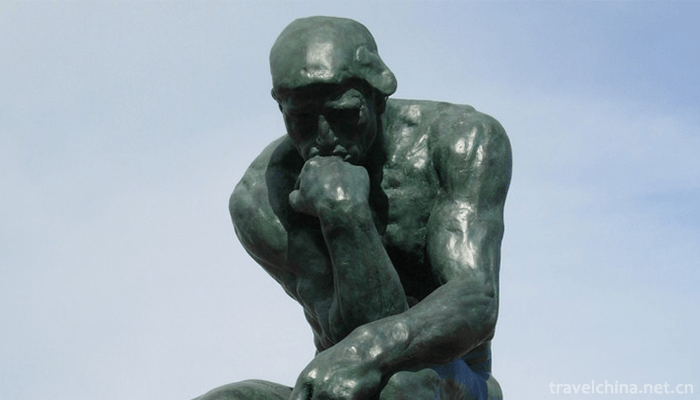
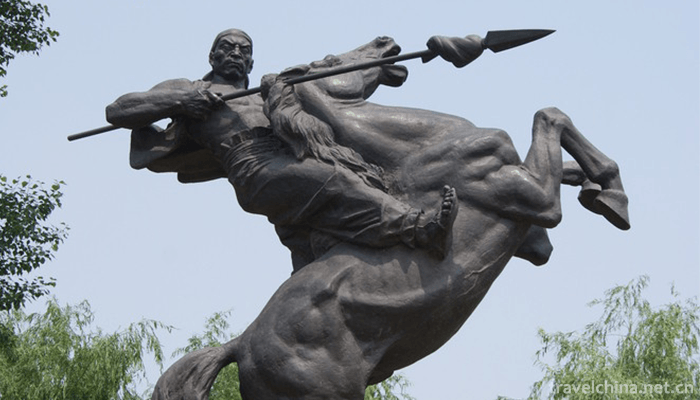
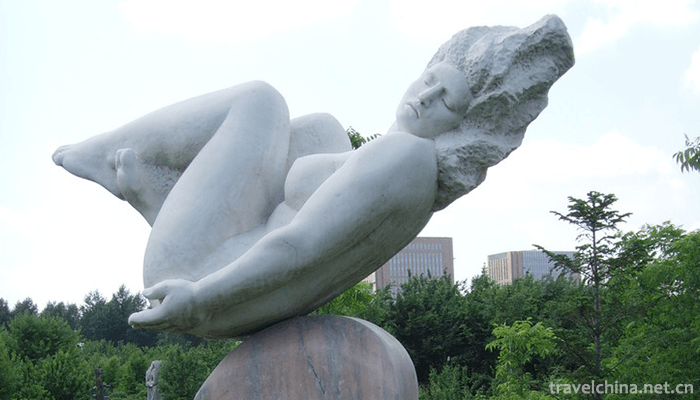
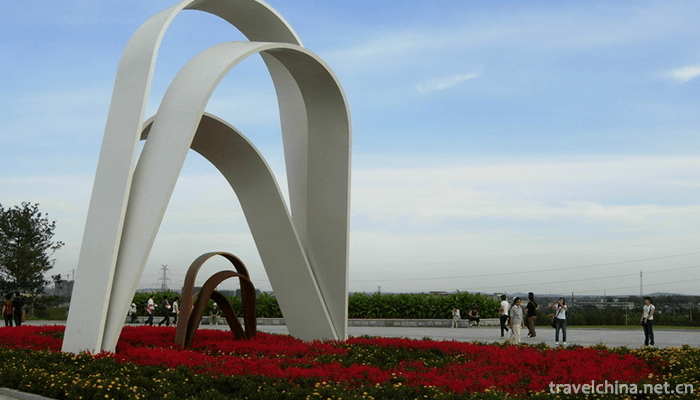
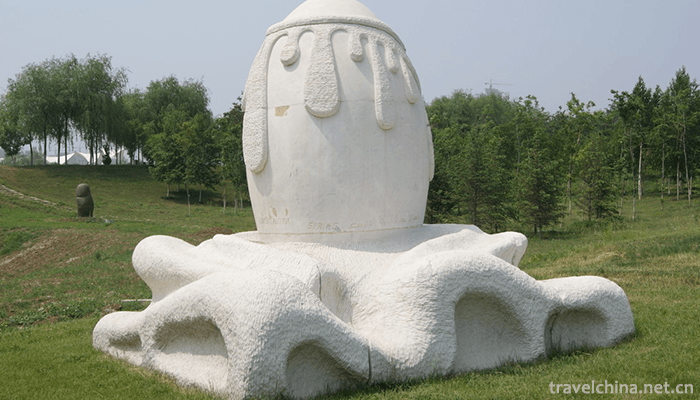
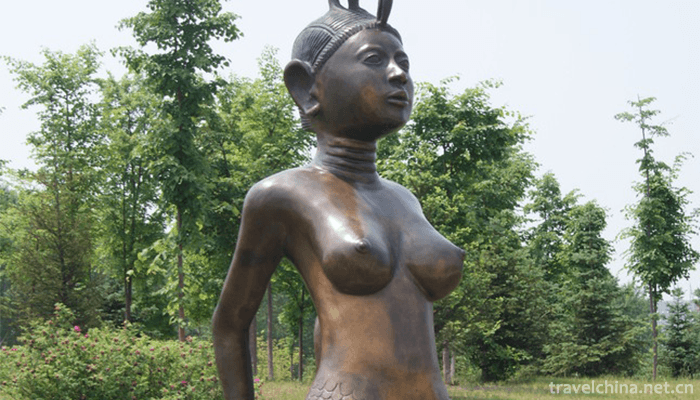
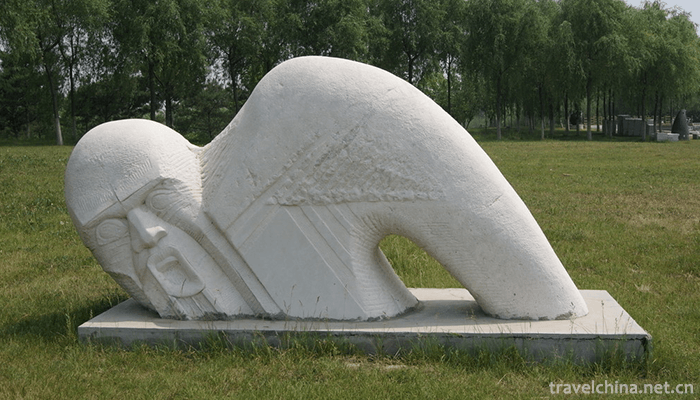
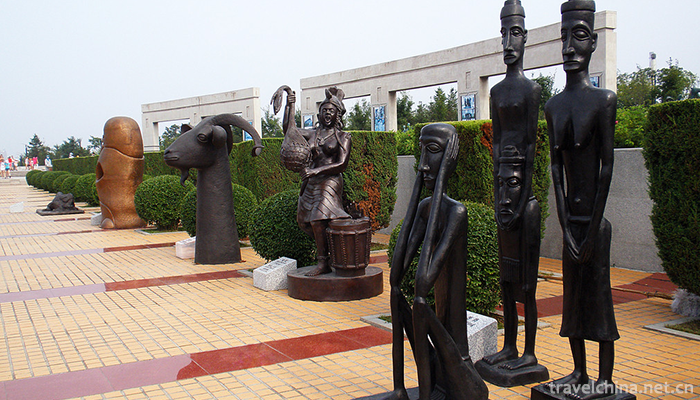

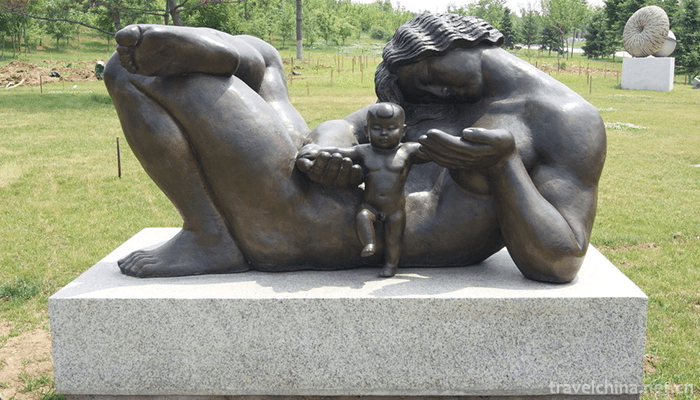
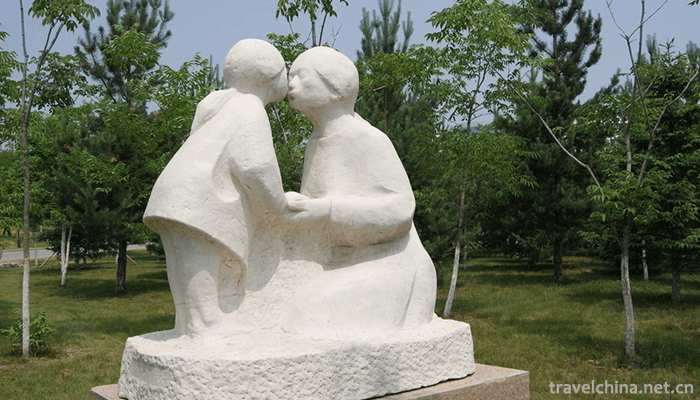
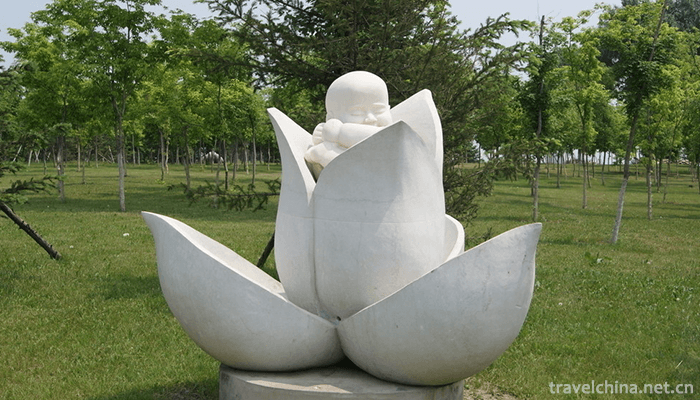
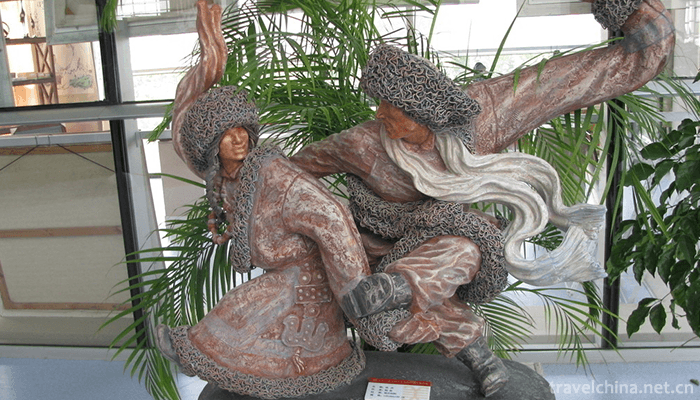
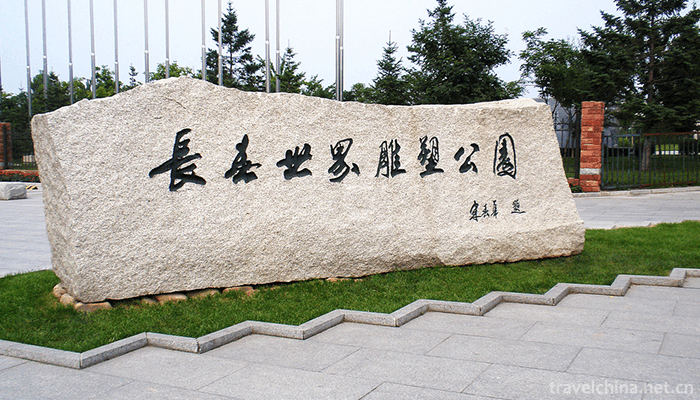
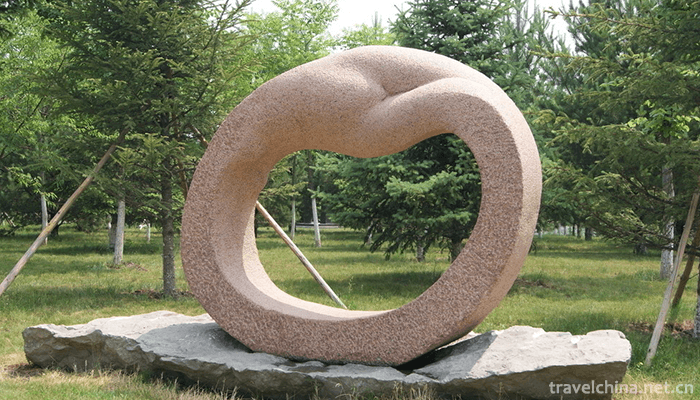
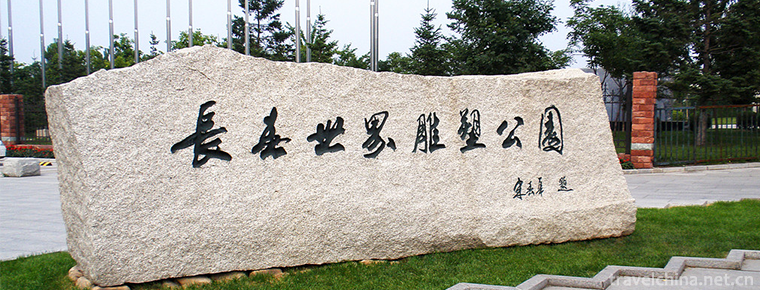
-
1.Shantou beef ballTime 2018-11-02
-
2.Huaqing Pool Scenic Area
Tang Huaqing Palace is another palace for feudal emperors in Tang Dynasty. Later also known as "Huaqing Pool", located in Lintong District, Xi'an City, Shaanxi Province.
Time 2018-12-12 -
3.Shapotou National Nature Reserve Ningxia
Shapotou: National AAAAA class tourist attraction, national desert ecological nature reserve, global environmental protection 500 best units, national fitness 20 famous landscapes, special prize for s
Time 2018-12-12 -
4.SiMian Mountain Scenic Area
The Simian Mountain is located in the remnants of the northern slope of Dalou Mountain in Yunnan-Guizhou Plateau, which is an inverted mountain in geology. Located in the south of Jiangjin District of
Time 2018-12-12 -
5.Bigan Temple
Bigan Temple, located in Weihui, Henan Province, is one of the most important temple-tomb complex. It is the first temple in China with tomb-worshippers, known as "the first temple in the world&a
Time 2019-01-02 -
6.Jianglangshan 28du Tourist Area
28du Town, located in Jiangshan, Zhejiang Province, is a famous historical and cultural town. It is a writer's creation base in Zhejiang Province. It is located at the junction of Zhejiang,
Time 2019-01-21 -
7.Nanchong Xishan Scenic Area
Nanchong Xishan Scenic Spot, located in the west of Shunqing City, is a provincial scenic spot and a national 4A-level tourist attraction. It is the destination of "Three Kingdoms Cultural Explor
Time 2019-02-25 -
8.Chongdugou Scenic Area
Zhongdugou Scenic Area, located in Luanchuan County, Luoyang City, Henan Province, was given the name of emperor because Liu Xiu, Emperor Guangwu of the Eastern Han Dynasty
Time 2019-03-18 -
9.Major tune
The major tune was originally called "drum tune". Varieties of Quyiqu. It was first prevalent in Kaifeng, Henan Province, and then spread to Luoyang, Nanyang and other places.
Time 2019-04-23 -
10.Liaobu fragrant Market
Liaobuxiang City is a traditional folk activity. During the Wanli period of Ming Dynasty, the scent of Guanxiang perfumed over Liaobu Town in Dongguan every day. Numerous guanxiangs were transported f
Time 2019-05-13 -
11.Production Techniques of Oolong Tea
Oolong tea production technology is a local traditional handicraft in Anxi County, Fujian Province. Historically, during the reign of Yongzheng in Qing Dynasty (1723-1735), tea farmers in Anxi County
Time 2019-06-29 -
12.Small febrile coma
Xiao Redun is a kind of traditional Wu rhetoric banter popular in Jiangsu, Zhejiang and Shanghai. It is also known as "Xiaogongshu", commonly known as "selling pear ointment candy"
Time 2019-07-06